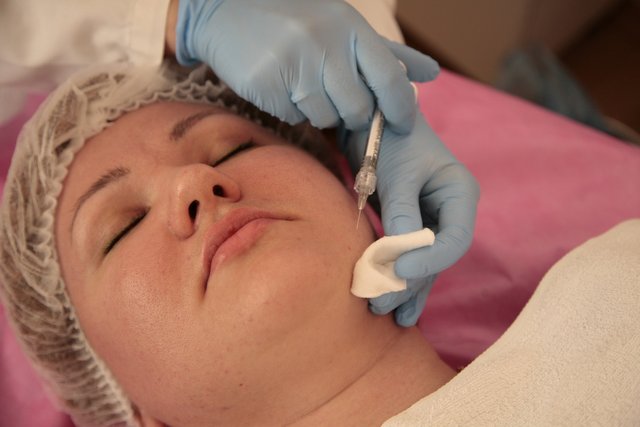
Becoming a dermatologist requires a great deal of education and expertise. To become a certified dermatologist, you must complete a four year undergraduate degree and a three year medical school program. After medical school, aspiring dermatologists must complete a three year residency program in dermatology and pass the American Board of Dermatology exams.
The first step of the process is to complete undergraduate studies in a field related to health such as biology, chemistry, or biochemistry. Additionally, completing an internship related to the field of dermatology is highly recommended. During the undergraduate program, it is important to maintain good grades and develop strong relationships with professors and mentors who can provide letters of recommendation for medical school.
After completing undergraduate studies, the next step is to take and pass the MCAT exam in order to apply for medical school. It is important to apply to medical schools that offer a dermatology residency program so that the applicant can move onto the next steps in the process.
In medical school, students must complete courses in anatomy, physiology, pharmacology, and other related medical topics. During the third year of medical school, students should apply for a dermatology residency program. After being accepted into a dermatology residency program, students are required to complete rotations in different areas of medicine such as pathology, pediatrics, and internal medicine.
At the end of the residency program, students must take and pass the American Board of Dermatology examinations in order to become a certified dermatologist. After passing the board exams, dermatologists can practice and specialize in the field of dermatology. Some dermatologists may choose to specialize in cosmetic procedures, laser treatments, or skin cancer treatments.
Becoming a dermatologist requires dedication and hard work, but it is a rewarding profession for those who are passionate about health and dermatology. With the right education and experience, you can become a successful dermatologist and help others improve their skin health.
What is a Dermatologist?
A dermatologist is a medical doctor who specializes in diagnosing and treating diseases and conditions related to skin, hair, and nails. They are typically trained to carry out procedures such as dermatological surgery, laser therapy, and skin cancer treatments. Dermatologists can also provide guidance on ways to care for and maintain healthy skin, hair, and nails.
- Acne.
- Skin cancer.
- Hair loss.
- Dermatitis.
- Skin infections.
- Psoriasis.
- Nail fungus.
7 Steps to Become a Dermatologist
Becoming a dermatologist requires a significant amount of dedication and hard work. Here are the seven steps you need to take to become a Dermatologist
[1] Obtain Your Bachelor's Degree
This should include classes such as biology, chemistry, and physics.
[2] Pass the MCAT
The MCAT is an important exam for medical school admissions and is essential for being considered for admission.
[3] Go to Medical School
After completing your undergraduate prerequisite courses, you must apply and be accepted to a medical school.
[4] Complete a Residency
Dermatology residency is highly competitive and requires you to complete a three year program.
[5] Get a License
After completing your residency, you must pass the Dermatology Board Examination and the Subspecialty Board Examination.
[6] Search for a Job
Once you have completed these requirements, you can start searching for a job.
[7] Maintain Your Certifications
As a dermatologist, you must maintain your certification by continuing to attend educational seminars, workshops, and conferences.
What Does a Dermatologist Do?
A dermatologist is a medical doctor who specializes in diagnosing and treating a variety of skin conditions, including skin cancer. They may also perform specialized diagnostic procedures related to skin conditions and perform procedures such as electrosurgery, cryosurgery, laser surgery, and excision surgery . Dermatologists can also diagnose and treat conditions that affect the hair, nails, and mucous membranes . Some of the most common conditions they treat are skin lesions, acne, skin rashes, discoloration or pigmentation, and underlying health issues, such as diabetes . Dermatologists may also provide cosmetic treatments such as Botox, fillers, and chemical peels .
